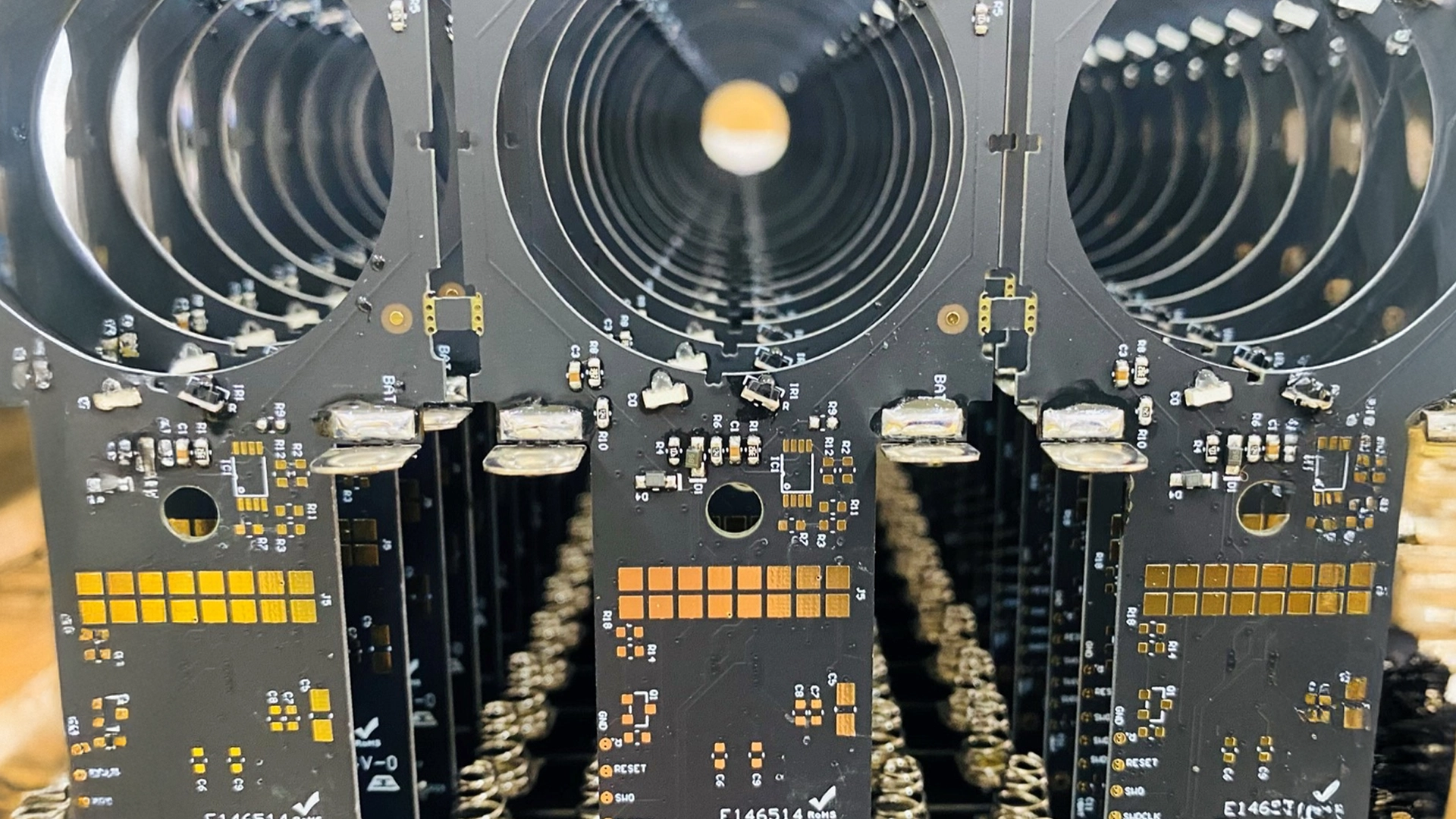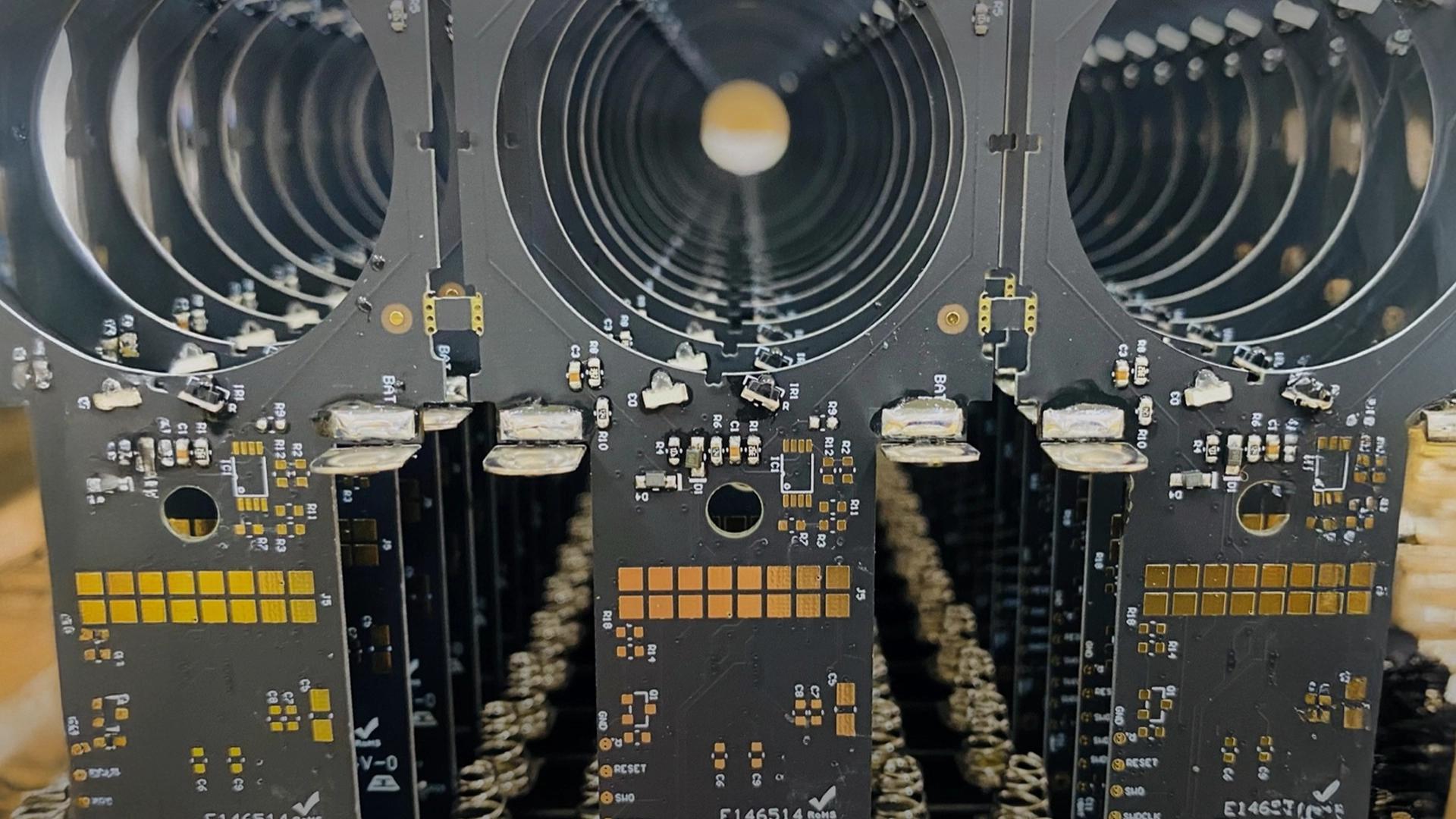PCB (printed circuit board) manufacturing is often an essential part of the development and implementation of medical devices.
With the rapidly growing technology and advances in the medical industry, the equipment and the devices that our doctors and nurses use rely on the implementation of medical PCBs. The boards serve as the brains that allow those machines to function and, in turn, save lives. They are critical in healthcare, and as innovation and progress into the future continue, diagnostics, treatments, and research strategies are relying more and more towards automation.
Spirometers, Defibrillators (AED) and Lung Ventilators are a few examples of medical devices contract manufacturing relying on PCBs to function.
What are PCB NRE costs?
NRE stands for Non-Recurring Engineering Costs, which is a broad term referring to a one-time cost to develop, design, or manufacture a new product or component like a PCB. NRE (Non recurring engineering) costs do not play into the regular per-unit cost of the product.
NRE costs mostly depend on:
- The complexity of the product
- Level of innovation
- Required Certifications
NRE for PCB’s refers to specific setup costs for manufacturing a newly introduced PCB. It is generally charged for two separate categories of cost:
- electronic architecture and electromedical device
- firmware design
- tooling
- machine programming
1. ELECTRONIC ARCHITECTURE
Regarding the electronic medical device architecture, key electronic components are defined to best meet the product performance requirements.
For optimization, it is crucial to be aware of the full range of electronic components available in the market in order to identify the best and most cost-effective option.
Don’t just compare specs on paper, do tests with a partial prototype to verify how components perform in your specific electromedical device.
2. FIRMWARE DESIGN
Firmware design and development is a delicate process, and up to 70% of the time is spent refining and debugging the code, which makes this step somewhat costly.
The PCB firmware programming cost is directly proportional to the complexity of your medical device, the more complicated it is, the more lines of codes will require, and indeed, more debugging will have to be done.
If your project instead is something more complicated and riskier, it would be best if you had a highly experienced Firmware engineer who can hold their own in Firmware and hardware to lead the integration of both.
You have to consider the complexity of the device, risk level, newness of the technology, among other variables.
3. TOOLING
Tools / instruments like stencils, jig, presses, fixtures, test benches, programming devices and so on, can be considered an NRE cost for PCB’s because they are specially made and used for the production of a specific version / revision of a medical device PCB and it’s not necessary to make these tools for each product.
4. PROGRAMMING
Programming every machine used during the production of a specific Printed Circuit Board (PCB) (e.g. selective solder machine, reflow oven, inspection machines) means a programming fee. Unless there’s a revision to the PCB’s design, this expense is non-recurring; the Medical Device contract manufacturer can use the same programmed data for every production run.
Creanova d.o.o., our ISO13485 certified medical device contract manufacturing facility in Serbia, provides you the PCBs you need for your medical device combining speed, high quality and cost competitiveness.
We have extensive expertise in medical device contract manufacturing of the (semi-)finished medical devices, plastic injection molded parts and electronics (PCB) manufacturing (incl. SMT/TH Assembly, Wire/Cable Assembly, Functional Testing, Final product assembly). If you want to know more, fill the form!
Contact us to know more!

